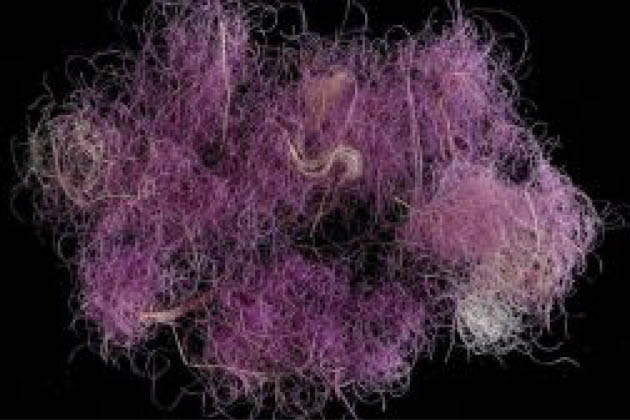FILTER
IMPACT BLOG
Email: [email protected]
Jan 11, 2024 By David Chudnow Category: Blueprint Negev,
Did Solomon Sleep at Timna?

Now you ask, what has this to do with King Solomon? The answer lies in a recent cable tv show presented on the Science Channel (Spectrum #136), Forbidden History Series, S7, E7, regarding “The Mystery of Solomon’s Mines.” The program asks where is the enormous treasure of Solomon, purportedly in the trillions? Has anyone found it yet after the many centuries of diligent searching? The interviewers question numerous authorities including various archaeologists, professors, historians, and other experts.
One of them is a young charismatic Israeli archaeologist, Erez Ben-Yosef. I call him “Israeli Jones” because he wears a leather brimmed hat like another famed cinematic adventurer. Erez has been excavating in the Southern Israel desert near Eilat for the last 14 years, in an area called Timna Park.
Timna is a scenic place of great geologic and historic importance as shown in the video. It comprises about 17,000 acres of land with gorgeous, striped hillsides, veined in red, purple and green, and imposing mammoth rock pillars and graceful arches. But perhaps its most notable feature, aside from the beautiful man-made lake, are the literally 1000’s of ancient copper mines, dug out of solid rock, some of the oldest in the world.
In fact, Erez and many other scholars, now believe that these are the fabled King Solomon’s Mines, though they are of copper, not gold or diamonds, then more valuable than gold or diamonds. There are many reasons for Erez’s and others opinion as detailed in the show.
First, the copper mines have been carbon-dated to 1000 BCE, which is precisely King Solomon’s time. They also have been determined to be part of a widespread socio-economic mining network spanning from Jordan to Southern Israel, all using the same advanced smelting technology and operated by the same nomadic tribe.
Second, Erez made a revolutionary find at Timna of pieces of woven materials made with the Oldest Purple Dye in the World, dating back to 1000 BCE as well. The survival of these fragile pieces so long is a miracle due to the extreme aridity and heat of the desert. Purple dye was extremely rare, extremely difficult to make (it only comes from 3 types of mollusks located only on the island of Cyprus) and extremely valuable, more costly than either gold or diamonds. It is the color of kings, including Louis the XIV and priests. It is also the color of King Solomon’s fabled rich robes as described in the Bible.
Erez wondered why the purple materials were found at Timna, 200 miles away from the Mediterranean Sea and nearly 200 miles away from Cyprus to the North if you had a boat, which the operators of the mines did not have. Therefore, there must have been an intermediary with great wealth (to buy the purple) and powerful enough to have naval connections to bring the purple to Timna. Perhaps someone like King Solomon?
Third, there is another link between Solomon and Timna. In his excavations at Timna, Erez found extensive evidence of the use of donkeys in the smelting process, for hauling the copper and other purposes. The evidence included lots of donkey dung, which were so well preserved they almost “seemed fresh.” Erez gave his students the unglamorous task of analyzing the dung. To his amazement, they found it contained 100’s of grape seeds, again from 1000 BCE. What was surprising is that grapes do not grow in the desert because they require much water. In fact, the nearest place in Israel that grapes would grow then was at Jerusalem, the capitol of Solomon’s empire.
I will leave you with a final image from the show. That is King Solomon actually visiting Timna, striding the desert hills to inspect the mines and perhaps catching his robe on a low-lying shrub. That could explain the purple swatch. Though it would not, unfortunately, precisely answer the question of where the King slept. That may remain for future investigation or your own imagination.
I and my family have been involved with the Park for 40 years, contributing to its creation, construction and continued development, together with Jewish National Fund-USA and the Israeli Government. I am proud to report that it is now being repurposed to house 3600 Israelis displaced by the Hamas War. For further information on visiting the Park or giving opportunities to support our emergency work through JNF-USA or in making this a major tourist attraction or going on civilian JNF-USA missions to relieve our brave soldiers who are fighting Hamas, contact our local office at 323-964-1400.
David Chudnow is an attorney practicing in Los Angeles and has contributed to the creation, construction and continued development of Timna Park in Israel.
